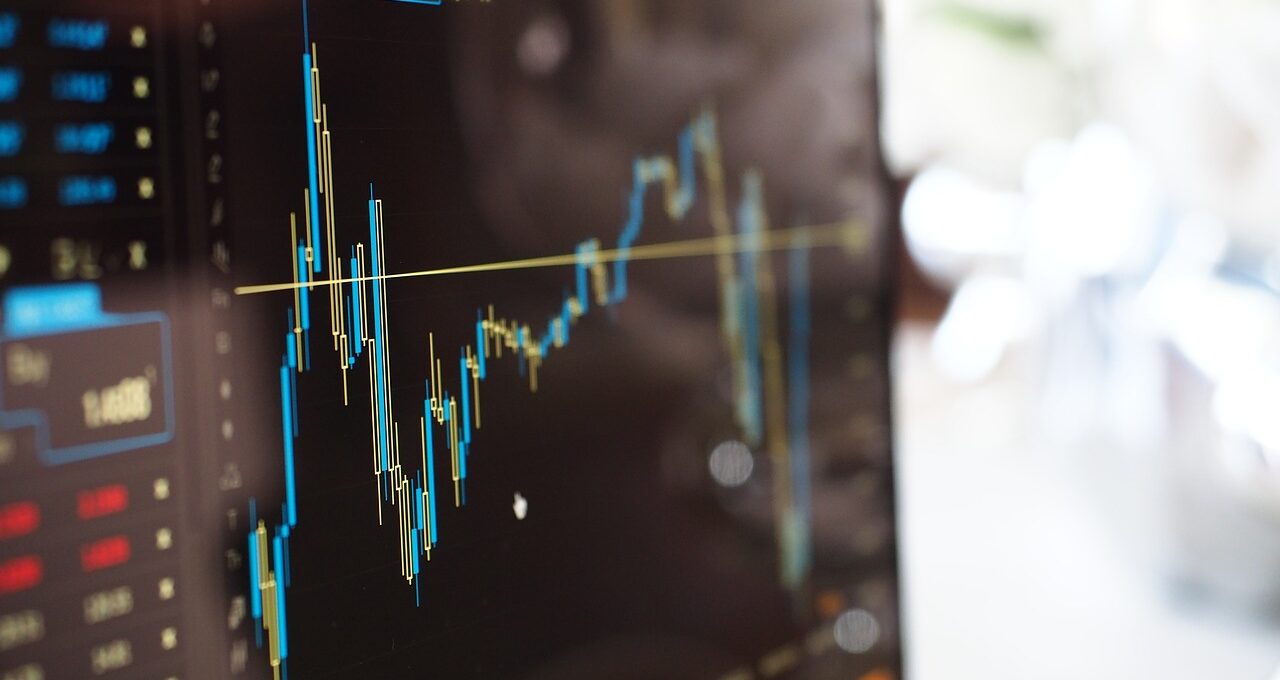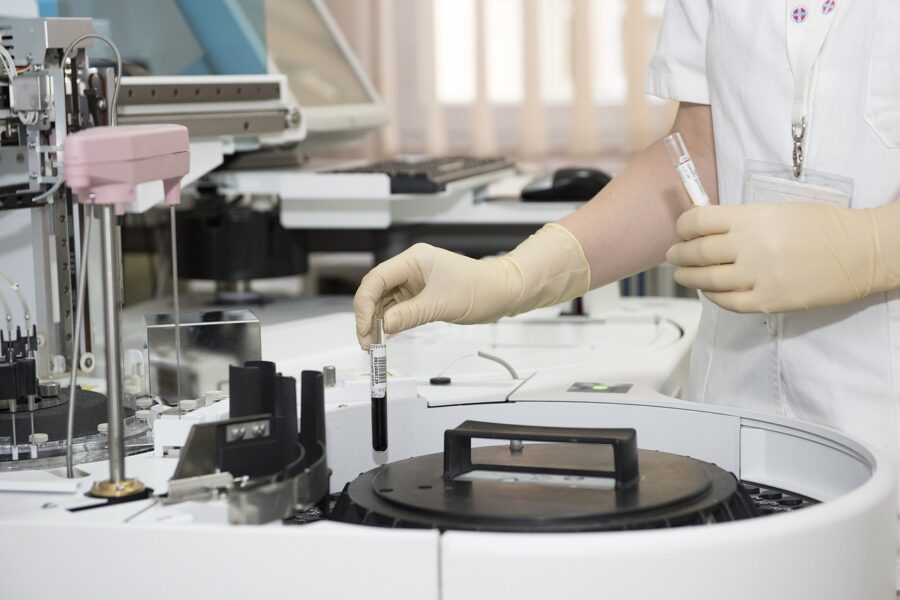Wesfarmers (ASX: WES) has posted a statutory net profit after tax (NPAT) of $1.47 billion for the first half of FY25, marking a 2.9% increase on last year’s result. The company’s ability to grow profits in a tough economic climate highlights its strong execution across the business, with major divisions improving customer offerings while driving operational efficiencies.
Managing Director Rob Scott acknowledged the challenging environment, where rising costs are putting pressure on households and businesses alike. However, Wesfarmers’ divisions remained focused on delivering value, service, and convenience, all while investing in technology and productivity improvements to help offset inflationary pressures.
Retail Strength Drives Growth
The company’s retail divisions performed well, benefiting from consumers prioritizing value.
- Bunnings continued to show resilience, with strong consumer demand and further growth in its commercial segment.
- Kmart Group saw solid earnings growth, driven by the popularity of its Anko product ranges and ongoing productivity improvements, including the integration of Kmart and Target.
- Officeworks outperformed the market in the technology category as it continued to evolve its product offering.
Industrial & Energy Divisions Deliver Mixed Results
Wesfarmers’ Chemicals, Energy & Fertilisers (WesCEF) division reported higher earnings, benefiting from strong Ammonium Nitrate recontracting outcomes. The Kwinana lithium hydroxide refinery is now 95% complete, keeping the company on track for first production by mid-2025.
However, Wesfarmers Industrial & Safety saw declines in revenue and earnings, affected by a softer market and restructuring costs in Blackwoods and Workwear Group. The company did take a significant portfolio action in this space, announcing the sale of Coregas to a subsidiary of Nippon Sanso Holdings Corporation for $770 million, pending approvals.
Wesfarmers Health & Digital Strategy
The Wesfarmers Health division continued investing in transformation activities. Earnings in the Consumer segment (which includes Priceline, MediAesthetics, and Digital Health) were strong, but higher supply chain costs weighed on results for the Pharmaceutical Wholesale segment.
Meanwhile, OneDigital played an increasingly important role, driving incremental sales across the group through the OnePass membership program and shared data assets. The company is also working on accelerating the development of a retail media network, leveraging its omnichannel strength.
Goodbye Catch, Hello Omnichannel Efficiency
One of the biggest strategic shifts this half was the decision to wind down Catch as a standalone business. The e-commerce fulfilment centres will be transitioned to Kmart Group, while select digital capabilities developed at Catch will be integrated into Wesfarmers’ broader retail operations.
According to Scott, this move is all about eliminating losses and strengthening the company’s omnichannel retail strategy. By reallocating Catch’s resources, Wesfarmers aims to enhance its core retail divisions without the ongoing drag of an unprofitable standalone business.
Financial Performance & Dividend Boost
Key financials for the half-year ended 31 December 2024:
- Revenue: $23.49 billion (+3.6%)
- EBIT: $2.3 billion (+4.7%)
- NPAT: $1.47 billion (+2.9%)
- Earnings per share: 129.4 cents (+2.9%)
- Operating cash flow: $2.58 billion (-11.1%)
- Interim dividend: 95 cents per share (fully franked, +4.4%)
While operating cash flow was down from the prior year, Wesfarmers still maintained a strong cash realisation of 108% and retains significant balance sheet flexibility to manage future investments and opportunities.
Sustainability & Workplace Progress
Wesfarmers continues to make strides in sustainability and workplace diversity:
- Safety improvements: The group’s Total Recordable Injury Frequency Rate (TRIFR) improved from 10.9 to 9.9, with Bunnings leading the way in injury prevention.
- Emissions reduction: Scope 1 and 2 emissions fell 2.5%, helped by increased use of renewable energy across the retail divisions.
- Indigenous employment: The number of Aboriginal and Torres Strait Islander team members grew to 4,500, up from 4,277.
- Gender balance: Women continue to make up 43% of leadership roles, reflecting ongoing efforts to promote diversity at the top.
Outlook: Navigating Economic Uncertainty with Strong Fundamentals
Looking ahead, Wesfarmers remains focused on long-term value creation, ensuring its businesses remain competitive despite ongoing cost pressures and geopolitical uncertainties.
- Retail divisions are expected to benefit from their strong value propositions and efforts to expand into new markets. Early trading in H2 shows steady momentum, with Kmart Group seeing particularly strong growth.
- Domestic cost pressures (labour, energy, supply chain costs) will persist, and the company will continue investing in technology and digitisation to drive productivity and offset rising costs.
- Foreign exchange volatility remains a challenge, but Wesfarmers has appropriate hedging measures in place.
- Covalent lithium project remains on track for first production in mid-2025, with capital expenditure guidance unchanged.
- Wesfarmers Health is well-positioned to improve earnings through its transformation strategy, particularly by expanding its higher-margin Consumer segment.
For the full year, the company expects capital expenditure between $1.1 billion and $1.3 billion, depending on property investments and project timelines.
Bottom Line
Wesfarmers continues to prove its resilience in a challenging environment. Retail remains the key driver, with Bunnings, Kmart Group, and Officeworks capitalising on strong consumer demand for value. Meanwhile, strategic decisions—like selling Coregas and winding down Catch—are aimed at sharpening focus and improving returns.
With a higher dividend and a solid start to H2, Wesfarmers remains well-positioned to navigate economic uncertainties while delivering for shareholders.




